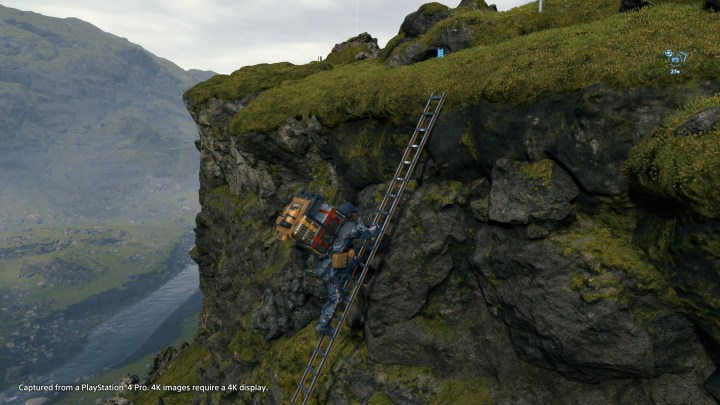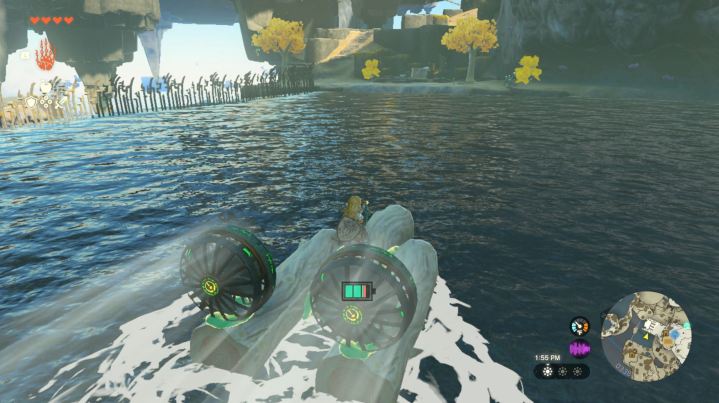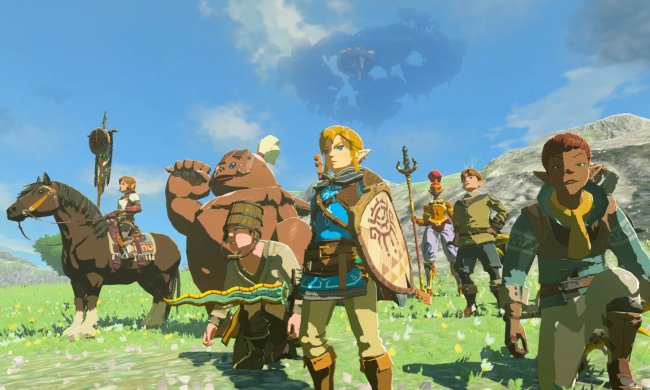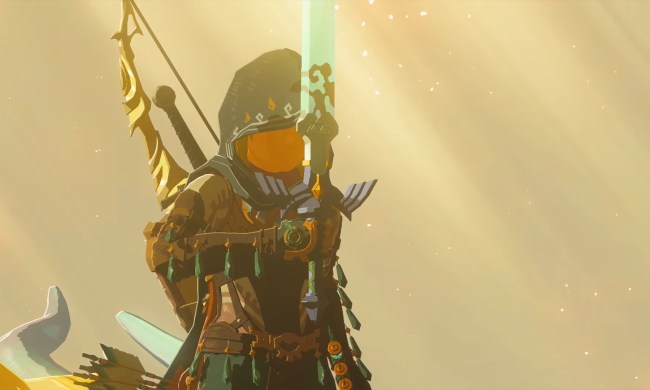During my The Legend of Zelda: Tears of the Kingdom playthrough, I couldn’t stop thinking about Death Stranding.
Hideo Kojima’s one-of-a-kind “strand game” sprung to mind every time I crafted an ingenious device that would let me traverse Hyrule more easily. I felt like Sam Porter Bridges laying down ladders and ziplines to cut through the rough landscapes of postapocalyptic America. I kept joking to myself that Tears of the Kingdom is a strand game. The more I see players sharing their creations, though, the more serious I’m becoming about that claim.
Tears of the Kingdom and Death Stranding have some similar DNA in terms of how players can get creative to conquer an open world. Zelda goes one step further by introducing an ingenious crafting system, but the experience isn’t too far off. The only thing that’s missing – and it’s crucial – is a social system that links players together. If the Zelda series is going to continue exploring Tears of the Kingdom’s format, it needs to go full Death Stranding.
Link stranding
So, what the heck is a strand game anyways? That genre term was invented by Kojima as a way to describe the unique gameplay of Death Stranding. It’s become a little bit of a running gag since then, as its meaning can be a little … unclear. Kojima says the term speaks to the “concept of connection” in the game. It’s a social experience that links players together and makes them feel like part of one network.

Or at least that’s what fans seem to agree on now. Death Stranding features a unique single-player experience in which structures that players place in their game world will appear in that of other players’. That creates the feeling that all players are working together to navigate the challenges of Death Stranding’s open world, even though they never see one another. It’s an excellent system that can feel oddly emotional. When you see a sprawling highway across America, you’ll know it’s there because players spent their resources to build it, just so the world would be easier to travel for strangers they’d never interact with.
Considering that Tears of the Kingdom has no social features whatsoever, it’s hard to say it’s a true strand game (whatever that means). However, players are interacting with it as if it is one. Following the game’s release, social media lit up as players shared their discoveries with one another. I had played over 90 hours of the game at that point and even I was learning things I never knew, like how to grind on rails by strapping a minecart to a shield. Every time I see an invention like that, it feels like someone is passing their knowledge on to me to better help me explore Hyrule.
While I love that social media has that power, I wish it were in the game proper. I’m left dreaming of a version of Tears of the Kingdom where I could have discovered that minecart shield by finding it in the world, rather than in a Twitter video. I’d love to craft a mech out of Zonai devices and upload it so other players could stumble upon it. That would help fill some of the empty spots on Hyrule’s map and make it feel like the world is always evolving, much like Death Stranding’s American wasteland.

Of course, that might create some content moderation headaches for Nintendo considering that people are building phallic robots and Korok torture devices. And I shudder to imagine how the company who still uses friend codes would implement any form of massive online component.
Even so, the creative crafts coming out of the sequel beg to be shared. Players are already treating the adventure like a social experience and no one should miss out on a moment like that just because they aren’t on Twitter. I want to feel connected to other players in the game itself, as if we’re all different reincarnations of Link bonded together. Together, we can unite Hyrule … or at least create some beautiful chaos together.
The Legend of Zelda: Tears of the Kingdom is out now on Nintendo Switch.



